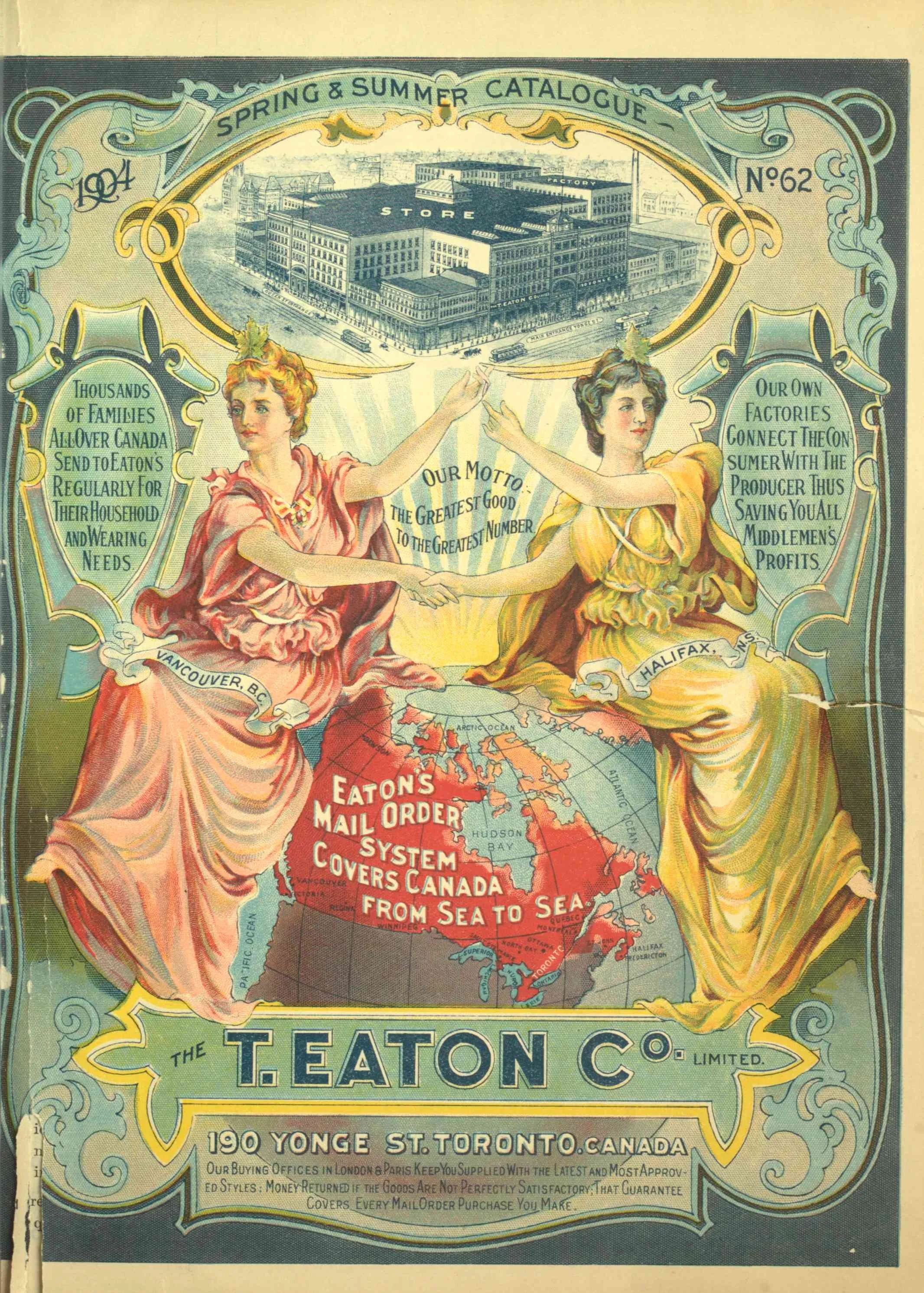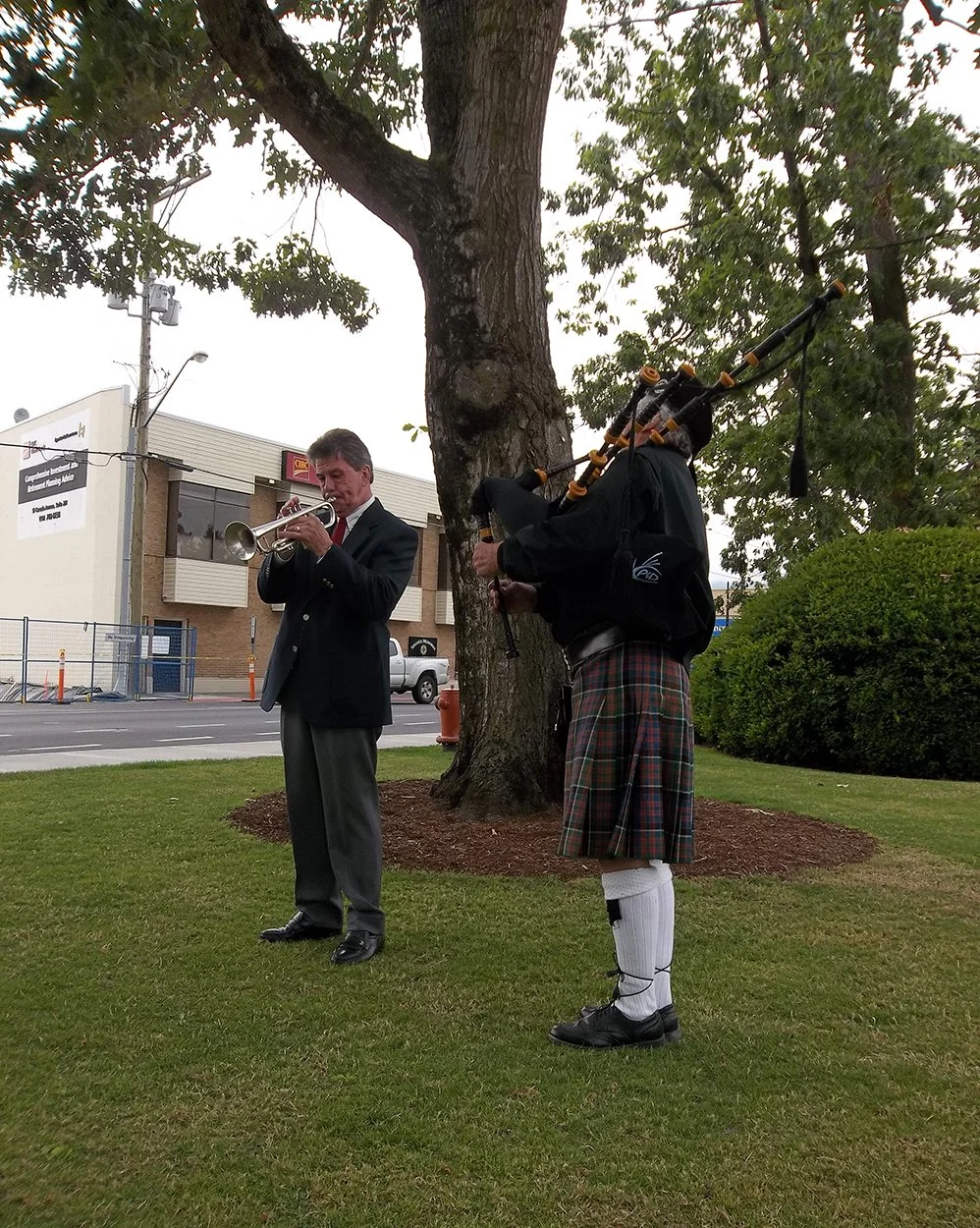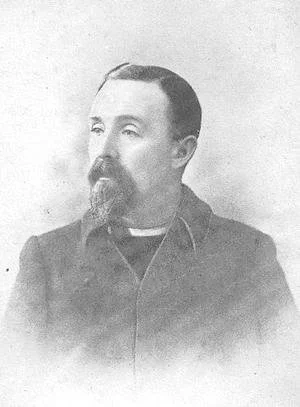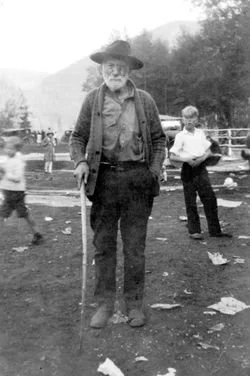It’s so easy to just go with the obvious, to accept old newspaper accounts at face value. After all, the story is exciting enough that others have done it before you, so why look a gift horse in the mouth?
Heck, I’ve done it many times!
But recently, while researching another subject, I came upon an article—ah, the wonders of the digital age—in an 1890 edition of the Winnipeg Chronicle.
Winnipeg, need I say it, is a long way from British Columbia, but the Tribune story, prompted by a hanging in Kamloops, added a new dimension to the accepted story of American outlaw Frank Spencer. He’d escaped a previous date with the executioner below the line, it was said, then killed one man too many, this one above the 49th parallel where British justice prevailed.
Such is the accepted story, which reads like something out of the American Wild West. But is there more?
Of course there is; “life” is layered. And so was Frank Spencer.
I’ve told his story—as I knew it at the time—in my book, Outlaws of the Canadian West. Next week, courtesy of the Winnipeg Tribune and the Rev. T.W. Hall who attended to Spencer during his last hours while awaiting the gallows, the BC Chronicles will look at him again—but through a slightly different lens.
******
PHOTO: While on the run from the law below the border, Frank Spencer lay low on a Kamloops area cattle ranch. —BC Archives
Read More



















